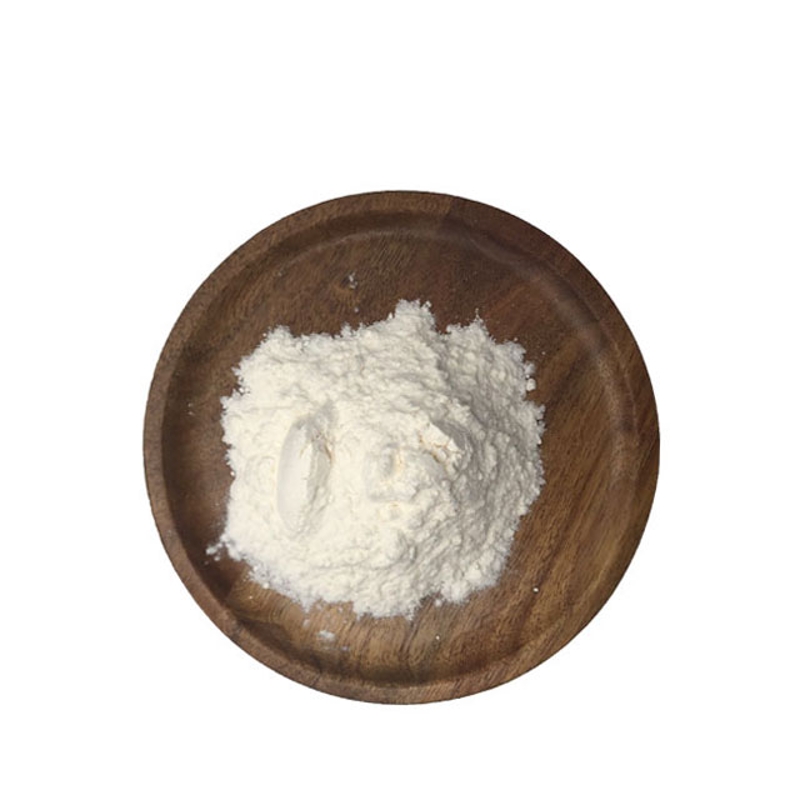-
Categories
-
Pharmaceutical Intermediates
-
Active Pharmaceutical Ingredients
-
Food Additives
- Industrial Coatings
- Agrochemicals
- Dyes and Pigments
- Surfactant
- Flavors and Fragrances
- Chemical Reagents
- Catalyst and Auxiliary
- Natural Products
- Inorganic Chemistry
-
Organic Chemistry
-
Biochemical Engineering
- Analytical Chemistry
- Cosmetic Ingredient
-
Pharmaceutical Intermediates
Promotion
ECHEMI Mall
Wholesale
Weekly Price
Exhibition
News
-
Trade Service
Professor Wu Nan from the Department of Neurosurgery of Chongqing People's Hospital and others used the data from the PLCO cancer screening test to evaluate the relationship between BMI and glioma.
The results were published online in the August 2022 issue of Frontiers in Endocrinology
.
- Excerpted from the article chapter
【Ref: Shao C, et al.
Front Endocrinol (Lausanne).
2022 Aug 29; 13:933921.
doi: 10.
3389/fendo.
2022.
933921.
eCollection 2022.
】
Research background
Gliomas are common brain malignancies in which dangerous environmental factors other than high doses of ionizing radiation have not been identified
.
The prevalence of overweight and obesity and their associated risks have increased
significantly globally in recent decades.
Studies have shown a causal relationship between obesity and the development of certain cancers, with about 3.
9% of cancer patients being overweight
.
However, there are limited
studies on the association between body mass index (BMI) and the risk of glioma.
Professor Wu Nan from the Department of Neurosurgery of Chongqing People's Hospital and others used the data from the PLCO cancer screening test to evaluate the relationship between BMI and glioma.
The results were published online in the August 2022 issue of Frontiers in Endocrinology
.
Research methods
in the United States.
The original aim of the trial was to determine whether cancer screening might reduce mortality from prostate, lung, colorectal and ovarian cancers, as well as to collect data
on all cancer diagnoses and specific causes of death.
All participants were asked to complete a questionnaire that involved factors such as demographics, medical history, height, weight, smoking, and gender, as well as factors related to women's use of exogenous hormones, menstruation and fertility, and men's prostate
.
Glioma diagnosis is done
using an annual research questionnaire or a national death index.
Follow-up was from the start of the trial to the time when the glioma diagnosis was confirmed and the patient died or withdrew from the study (31 December 2009
).
Data on height and weight at baseline, 20 and 50 years of age were collected
retrospectively.
Cox proportional hazard ratios (HRs) and their corresponding 95% CIs
were calculated using Cox proportional hazard regression analysis.
Study results
A total of 170 male and 99 female glioma patients were studied with an average follow-up of 12.
04 years
.
Most patients are overweight, especially men, and those with a higher BMI are younger and have no recent history of smoking
.
No significant association
with glioma risk with baseline BMI was observed.
In the reference group, the HR of overweight patients was = 1.
05; 95% CI, 0.
80-1.
39; obese patients H=0.
91; 95% CI, 0.
64-1.
29
after multivariate adjustment.
Results were consistent
in patients with a follow-up of more than two years.
After multivariate adjustment, HR=1.
08; 95% CI, 0.
80-1.
46; obesity HR=0.
99; 95% CI, 0.
69-1.
43
.
Analysed by sex subgroup, there was no statistically significant difference in overall results
.
The authors used restrictive triple-splines to show the relationship between BMI and glioma risk (Figure 1).
When the BMI is less than 25/m², the risk of glioma increases with the increase of BMI; When the BMI is greater than 25/m², the risk of glioma decreases
with increasing BMI.
When the BMI is greater than 25kg/m², after multivariate adjustment, the BMI increases HR=0.
96; 95%CI, 0.
93-1.
00; P=0.
074
.
When the BMI is less than 25kg/m², after multivariate adjustment, the BMI increases HR=1.
11; 95%CI, 1.
00-1.
23; P=0.
055
.
Further subgroup analysis showed that baseline BMI was nonlinear with glioma risk in male patients and glioma risk in female patients
.
After multivariate adjustment, the BMI of male patients was greater than 25kg/m², BMI increased HR=0.
94; 95% CI, 0.
89-1.
00; P=0.
037; when BMI was less than 25kg/m², BMI increased HR=1.
16; 95% CI, 0.
98-1.
38; P=0.
075
.
Figure 1.
Correlation
between BMI and glioma risk.
A.
All patients; B.
Male; C.
Female
.
Adjusted
for age, gender, race, marital status, education, smoking and height.
For women, the risk assessment also additionally adjusts whether to use birth control pills and whether to use hormone replacement therapy
.
Conclusion of the study
In summary, there may be a nonlinear association
between BMI and the risk of glioma in male patients.
When the BMI > 25 kg/m², the risk of glioma decreases in male patients as BMI increases
.
However, this finding needs to be confirmed
by further research.







